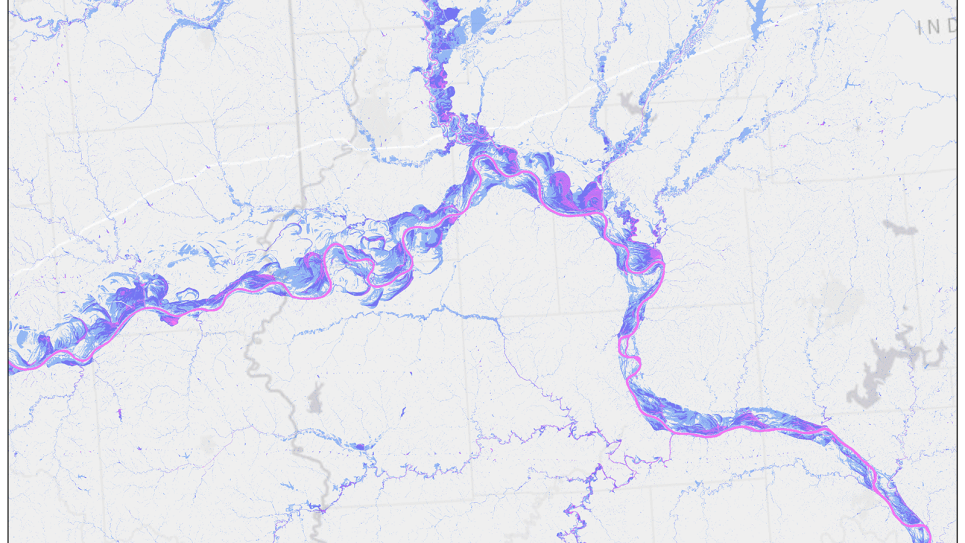
Climate-Weather Modeling Studies Using a Prototype Global Cloud-System Resolving Model
We expect our understanding of the role of clouds in climate to undergo a qualitative change as the resolutions of global models begin to encompass clouds. At these resolutions, non-hydrostatic dynamics become significant and deep convective processes are resolved. We are poised at the threshold of being able to run global scale simulations that include direct, non-parameterized, simulations of deep convective clouds. The goal of this project is to use Mira to explore the frontier of weather prediction and climate modeling with the newly developed Geophysical Fluid Dynamics Laboratory (GFDL) global cloud-resolving model. A single, unified atmospheric modeling system with a cubed-sphere dynamical core and bulk cloud microphysics running at hydrostatic (~ 10 km) and non-hydrostatic (<= 5 km) resolutions will be run with the goal of capturing the climatology of clouds and severe storms in a warming world. The ability to reproduce historical tropical storm statistics will be used as a test of this ground-breaking model. The purpose of the experiments proposed is to validate the global cloud-resolving climate model via hurricane hindcasts. For this purpose, we will perform hurricane verification studies for the 2008 Atlantic Season. Storms in 2008 lasted a total of 100 days; performing 5-day forecasts on each of the days would give a total of 500 forecast days for the season.


